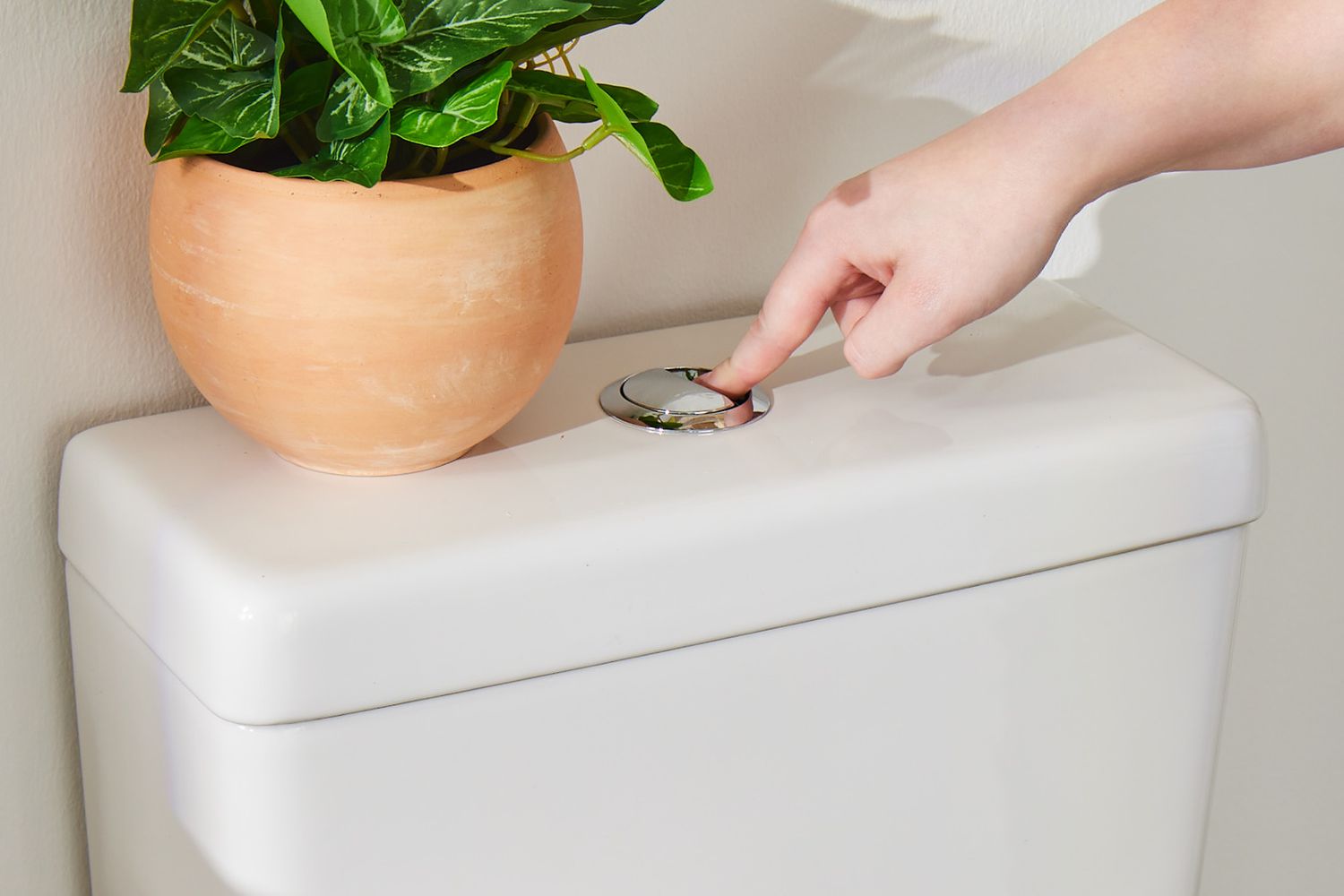Experiencing a slow-flushing toilet can be both inconvenient and frustrating. If your toilet isn’t functioning as efficiently as it should, you’re likely searching for effective ways to address the problem. In this detailed guide, we’ll explore the various reasons behind a sluggish toilet flush and provide practical solutions to restore optimal performance.
Understanding the Problem: What Causes a Slow-Flushing Toilet?
A slow-flushing toilet often indicates underlying issues that need attention. Identifying the root cause is crucial for implementing the correct solution. Here are some common causes of a slow-flushing toilet:
1. Clogged Toilet Bowl
One of the most frequent causes of a slow flush is a partially clogged toilet bowl. Debris, toilet paper, and other foreign objects can obstruct the flow of water, leading to inefficient flushing. To address this, use a plunger to dislodge the obstruction. If the problem persists, a toilet auger might be necessary to reach deeper clogs.
2. Low Water Level in the Tank
The water level in the toilet tank plays a significant role in the flushing power. If the water level is too low, the toilet will not flush properly. Adjust the float valve or the fill valve to ensure the water level reaches the appropriate height, typically about an inch below the overflow tube.
3. Faulty Flush Valve
The flush valve controls the release of water from the tank into the bowl. A malfunctioning or worn-out flush valve can lead to a slow flush. Inspect the flush valve for any signs of wear or damage. If necessary, replace the flush valve to restore proper flushing performance.
4. Partial Blockage in the Drain Line
A slow flush can also result from a partial blockage in the drain line. Over time, mineral deposits, grease, and debris can accumulate in the pipes. Consider using a plumbing snake or contacting a professional plumber to clear out any blockages in the drain line.
5. Build-Up of Mineral Deposits
Hard water can cause mineral deposits to accumulate in the toilet’s internal components, such as the rim holes and siphon jet. This build-up can obstruct the flow of water, resulting in a slow flush. Clean the rim holes and siphon jet using a solution of vinegar and baking soda to dissolve mineral deposits.
6. Low Water Pressure
In some cases, low water pressure can affect the flushing power of your toilet. Check your home’s water pressure and ensure it is within the recommended range. If low water pressure is the issue, you might need to address it with a water pressure booster or consult a plumber for further assistance.
Steps to Fix a Slow-Flushing Toilet
1. Plunge the Toilet
Start with the simplest solution: plunging. Use a high-quality plunger to create a tight seal over the toilet’s drain. Apply firm, consistent pressure to dislodge any clogs. Repeat as needed and check if the flushing improves.
2. Adjust the Water Level
If the water level in the tank is too low, adjust the float mechanism. Turn the adjustment screw or bend the float arm to increase the water level. After making adjustments, flush the toilet to test if the performance improves.
3. Inspect and Replace the Flush Valve
Turn off the water supply to the toilet and remove the tank lid. Inspect the flush valve for any signs of damage or wear. If necessary, replace the flush valve with a new one. Ensure all components are properly aligned and secured.
4. Clean the Rim Holes and Siphon Jet
To remove mineral deposits, mix white vinegar and baking soda and pour the solution into the toilet bowl. Allow it to sit for at least 30 minutes. Use a toilet brush to scrub the rim holes and siphon jet. Rinse thoroughly with water.
5. Clear Blockages in the Drain Line
If you suspect a blockage in the drain line, use a plumbing snake to remove any obstructions. Insert the snake into the toilet drain and rotate it to break up or dislodge the clog. For persistent blockages, contact a professional plumber.
6. Address Low Water Pressure
Check your home’s water pressure with a pressure gauge. If it is below the recommended level, consider installing a water pressure booster or consult with a plumber to resolve the issue.
Preventing Future Issues
To maintain optimal flushing performance and prevent future issues, consider these preventive measures:
Regular Cleaning: Clean the toilet bowl and internal components regularly to prevent mineral build-up.
Avoid Flushing Non-Flushable Items: Dispose of items like wipes, paper towels, and sanitary products properly to avoid clogs.
Inspect Components: Periodically check the toilet’s internal components for signs of wear or damage and address any issues promptly.
Conclusion
A slow-flushing toilet can disrupt your daily routine and signal various underlying issues that need attention. Understanding the common causes such as clogs, low water levels, faulty components, or mineral build-up enables you to address and resolve these problems effectively.
By following the outlined steps, such as plunging the toilet, adjusting the water level, inspecting and replacing the flush valve, cleaning the rim holes and siphon jet, and clearing blockages, you can restore your toilet’s performance. Additionally, regular maintenance and careful handling can prevent future issues, ensuring a smooth and efficient flushing experience.

